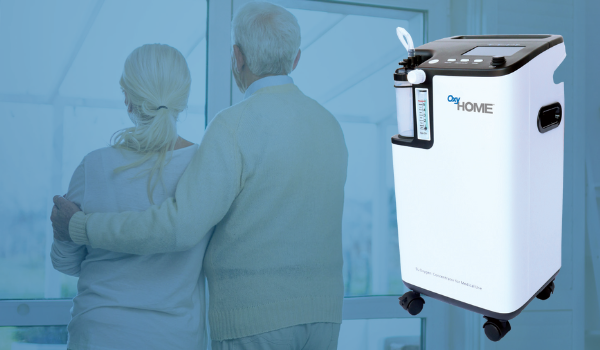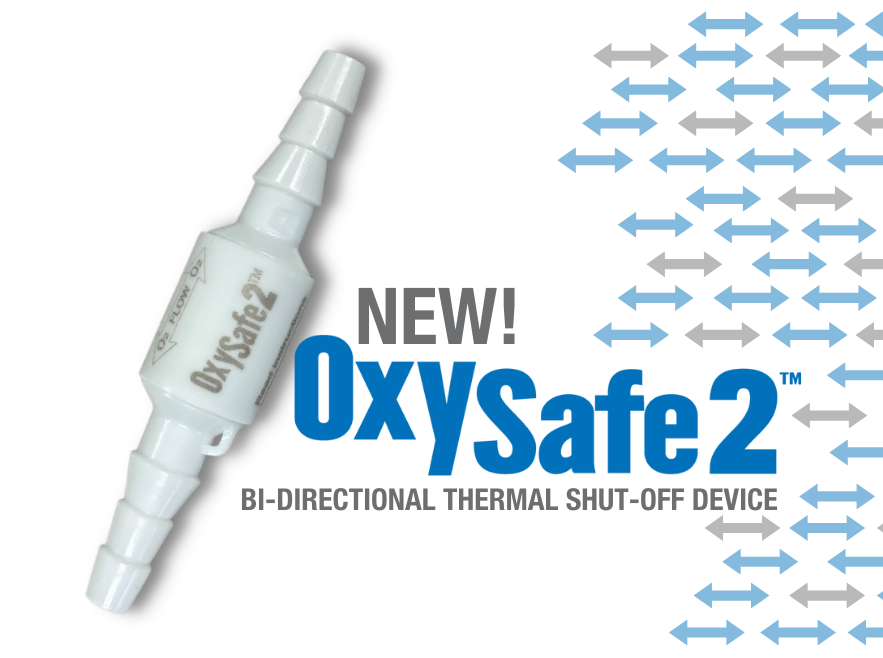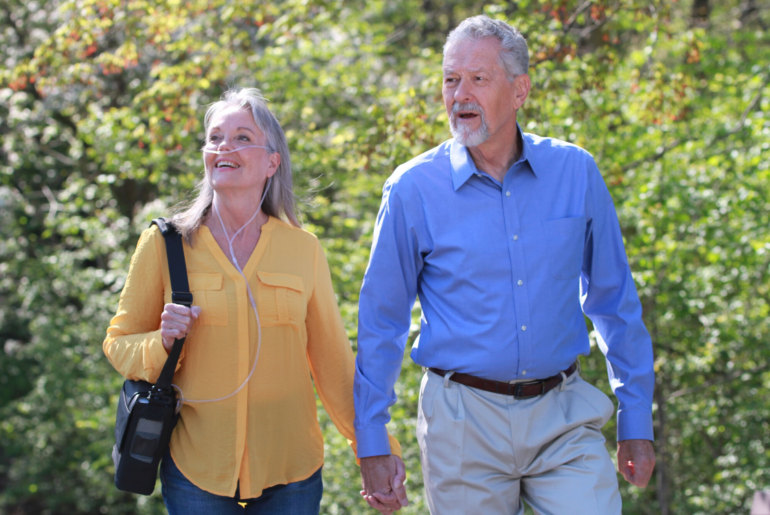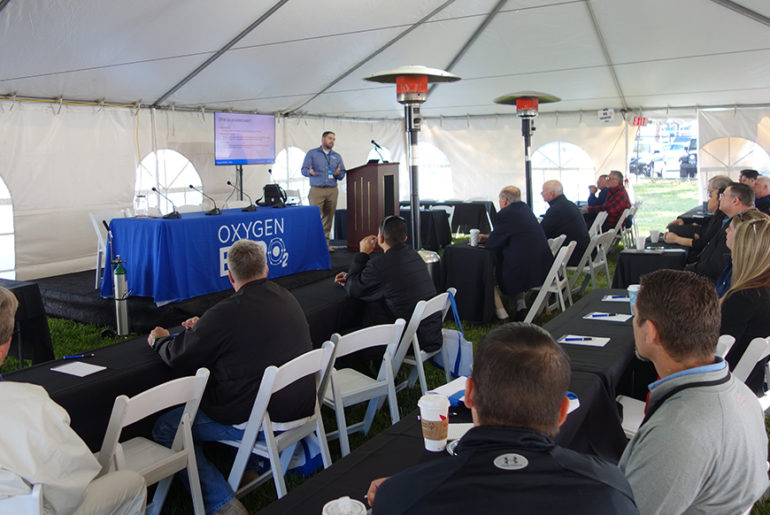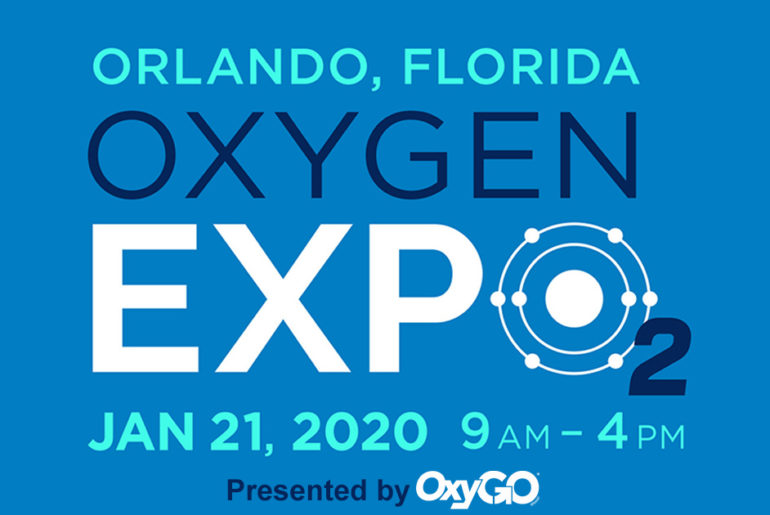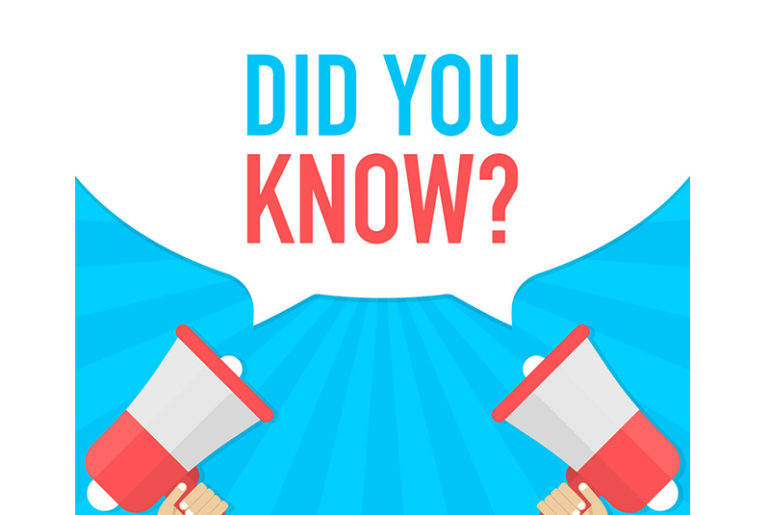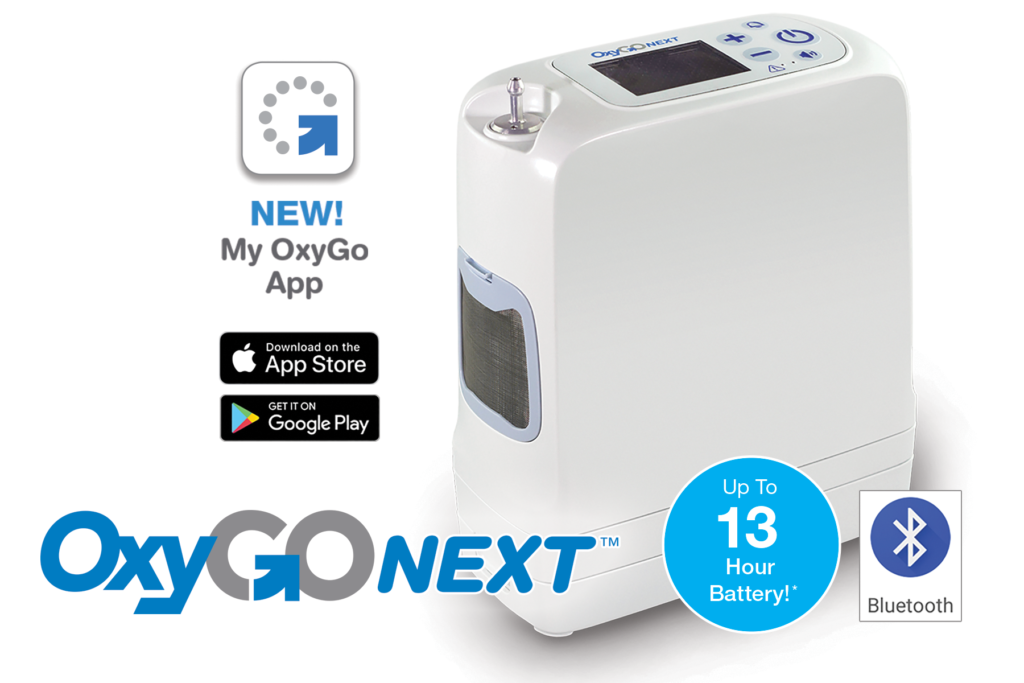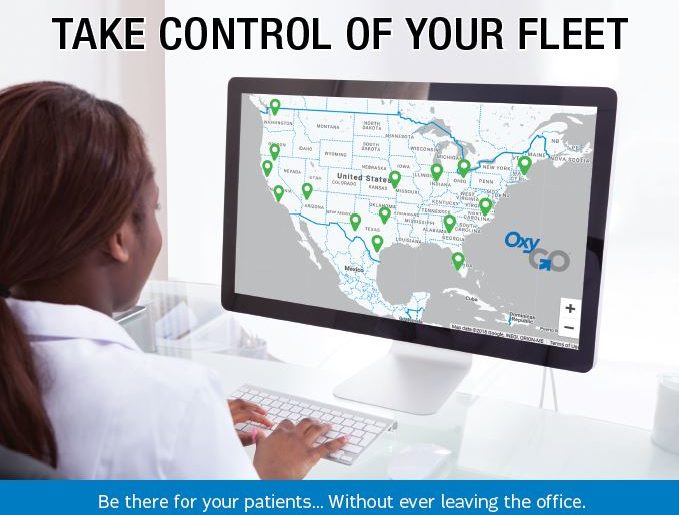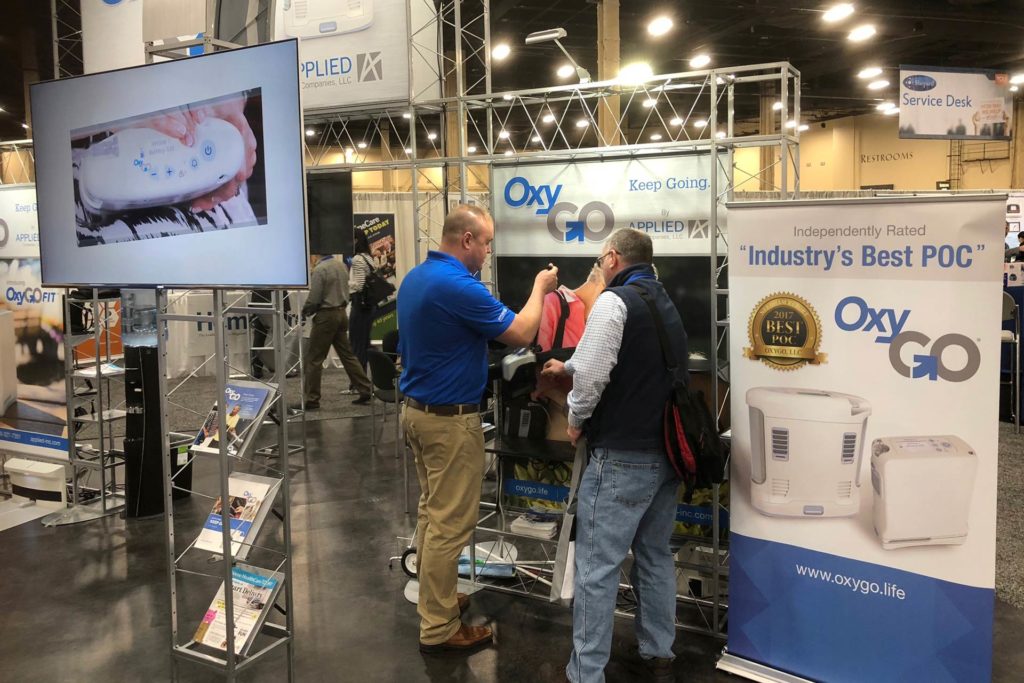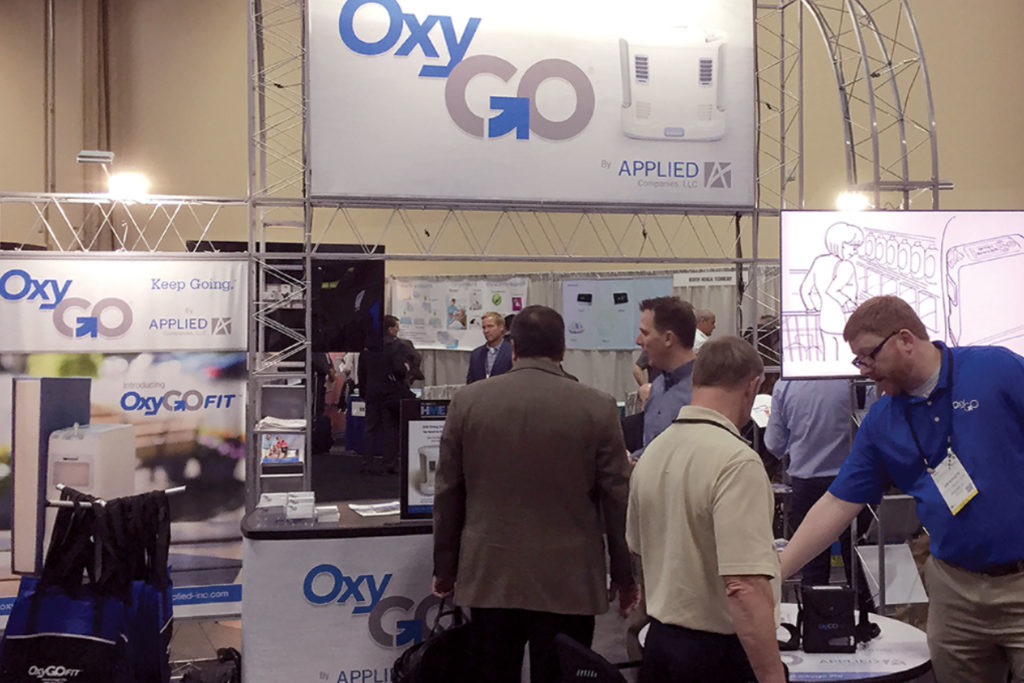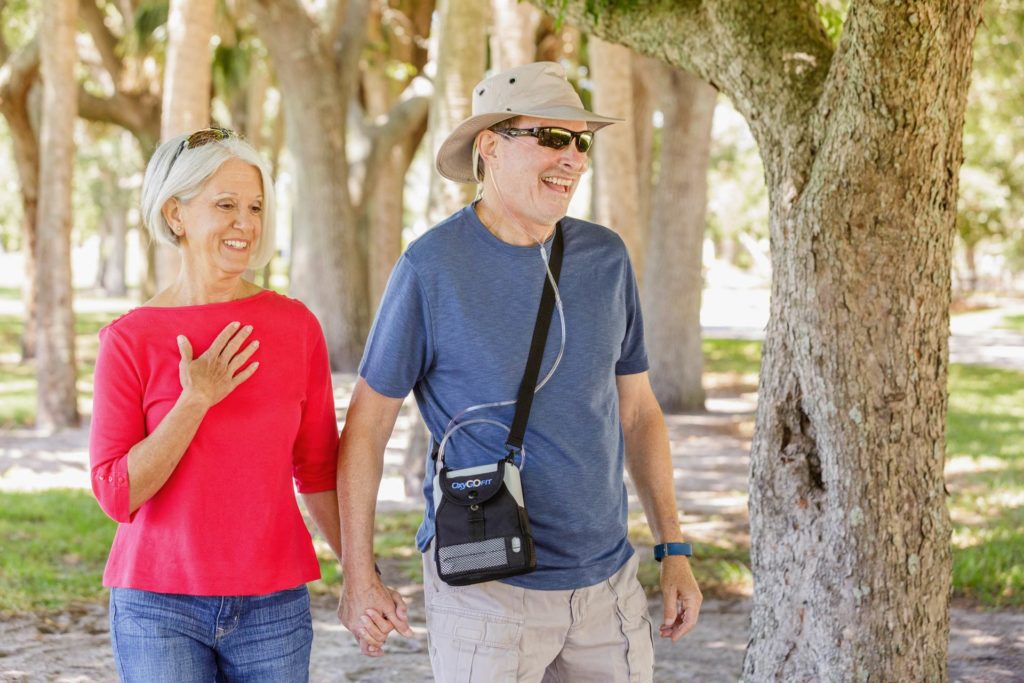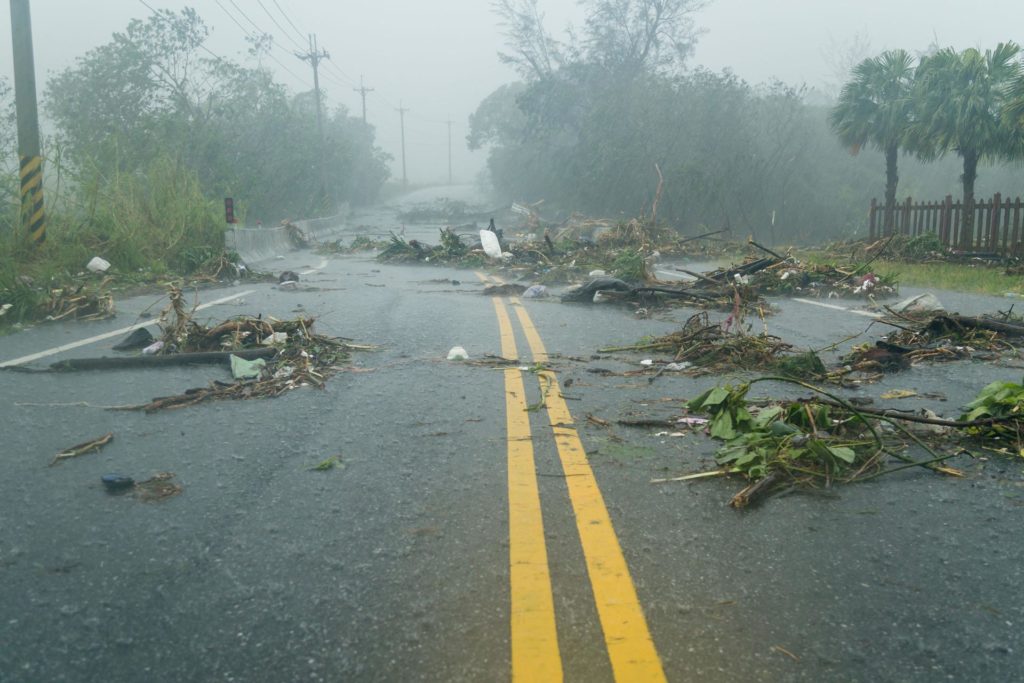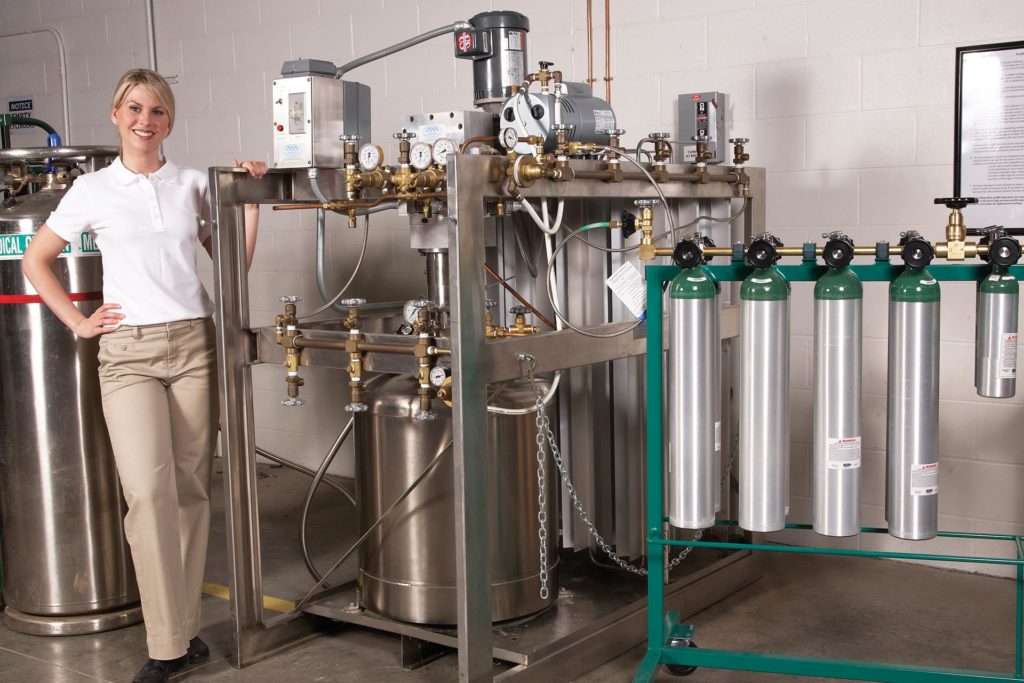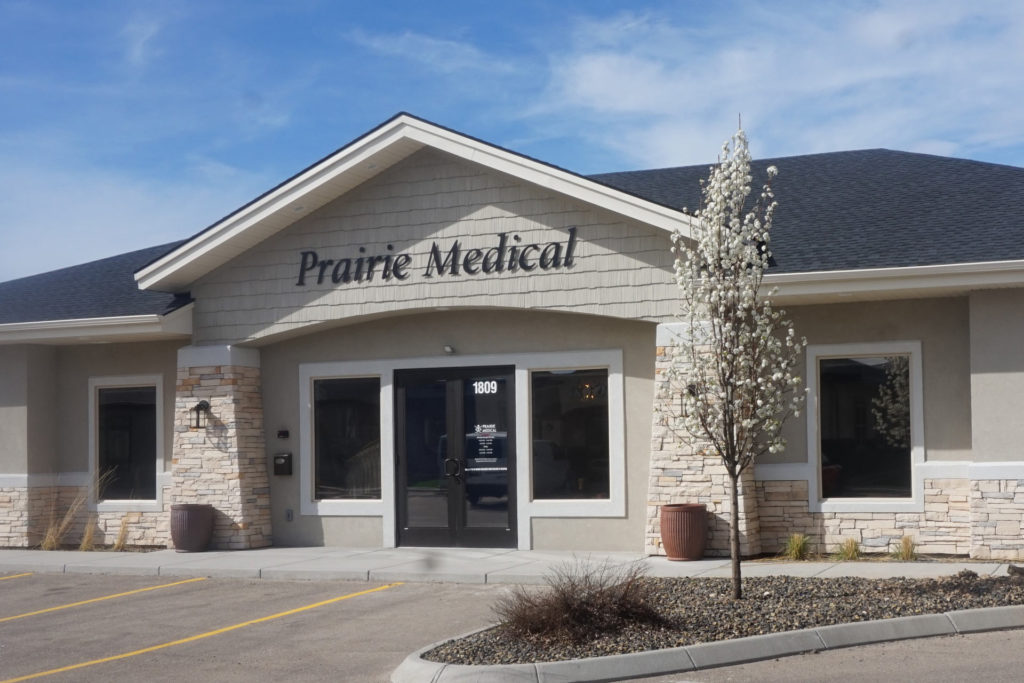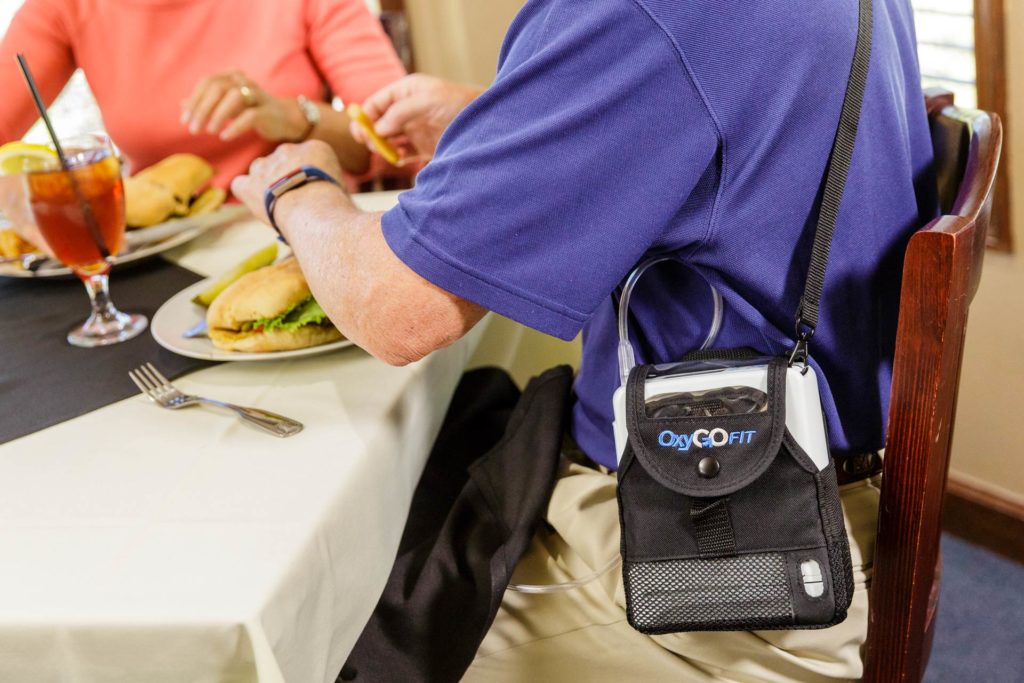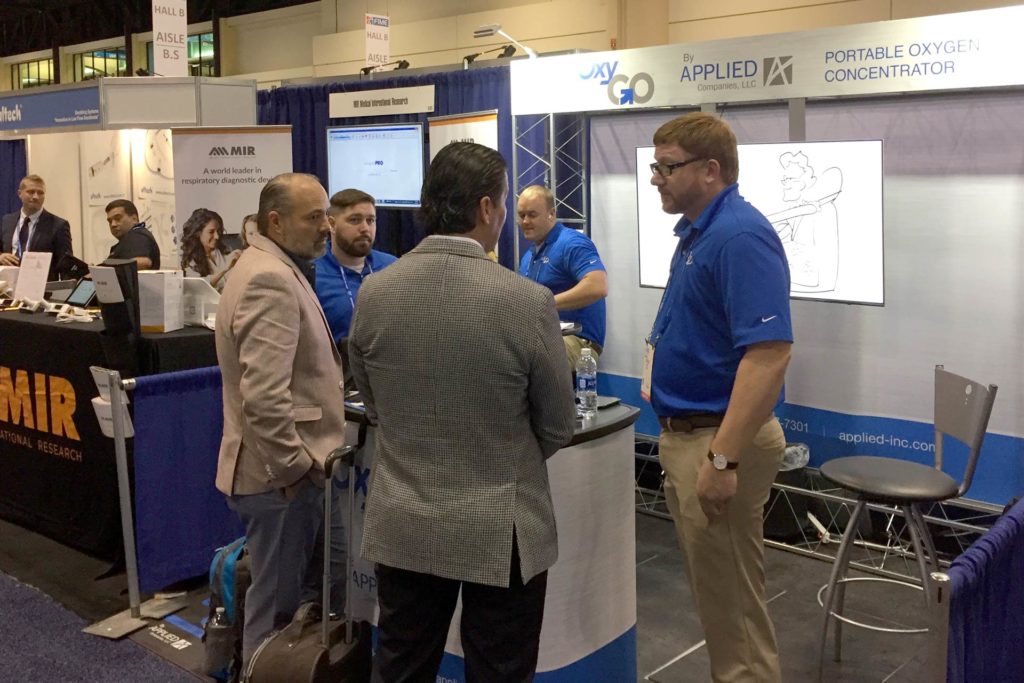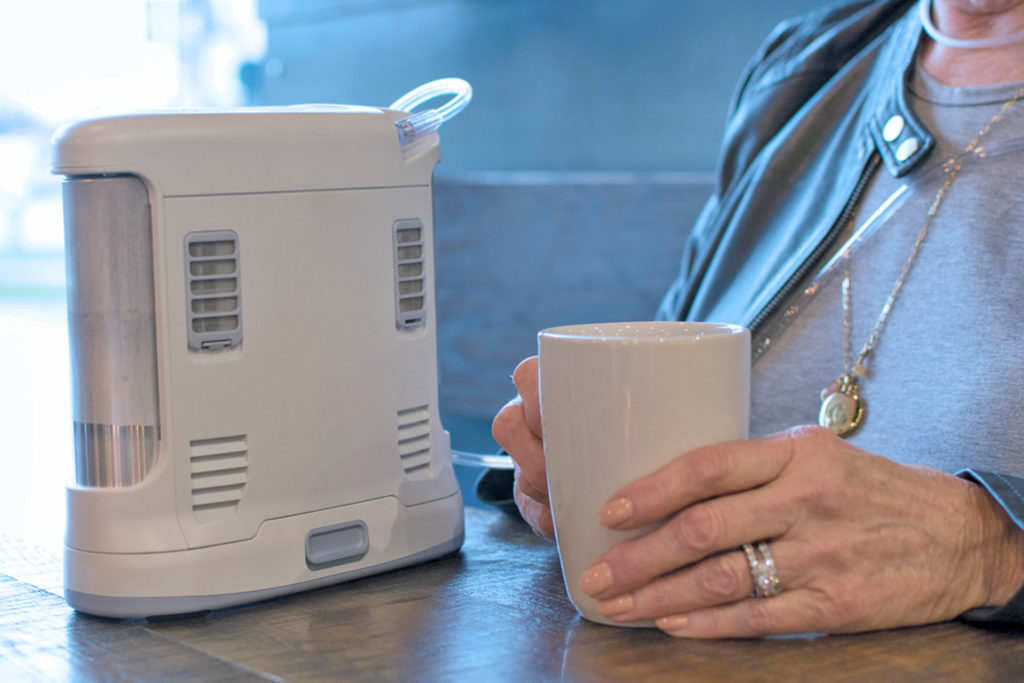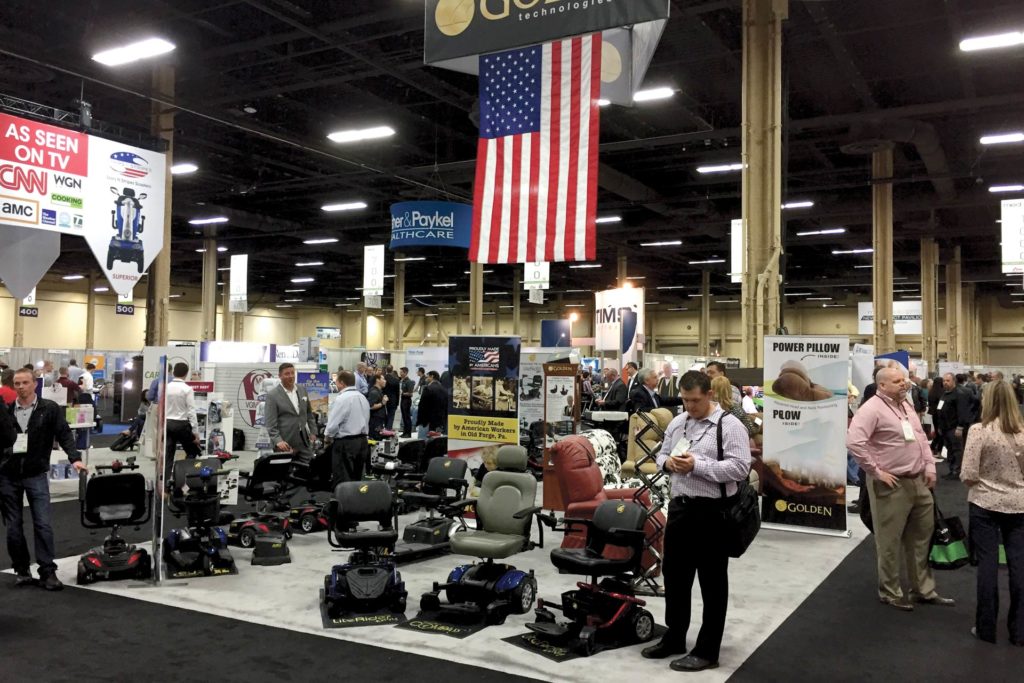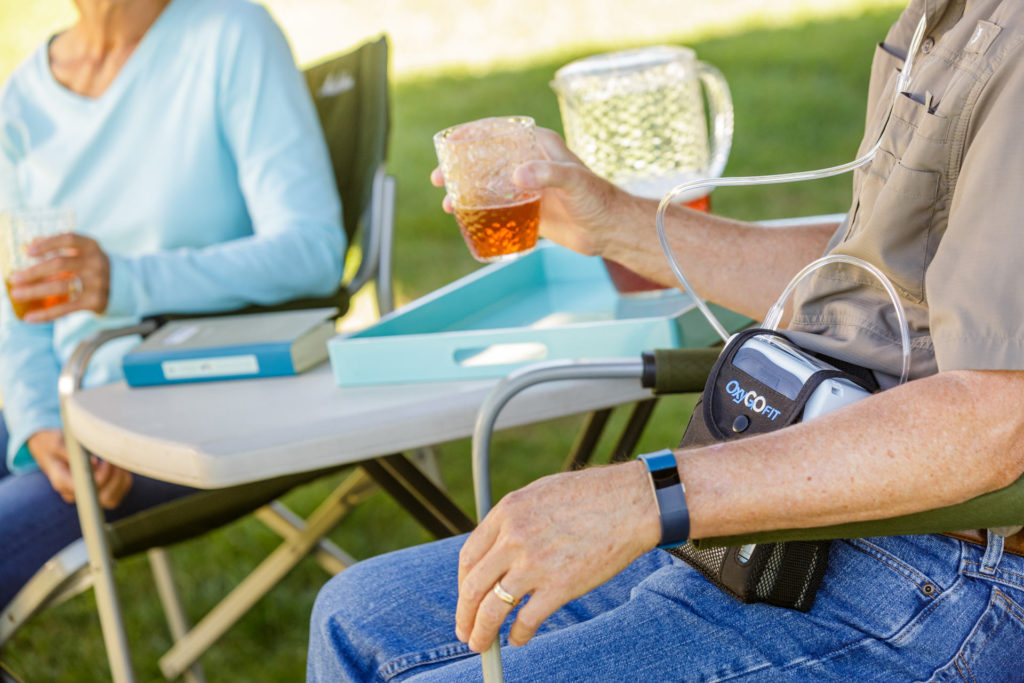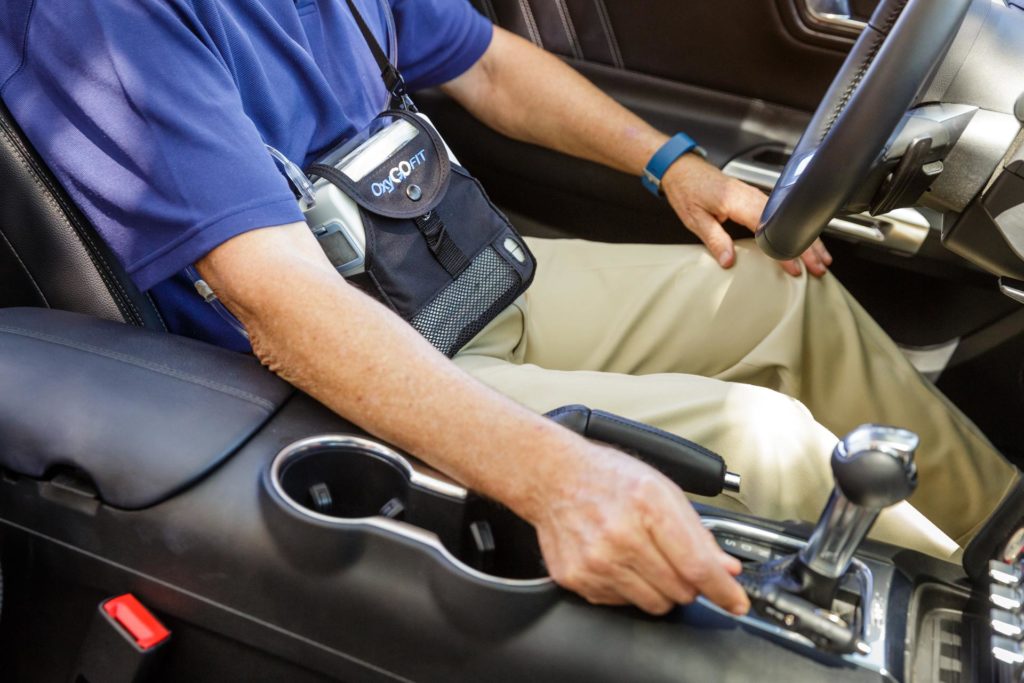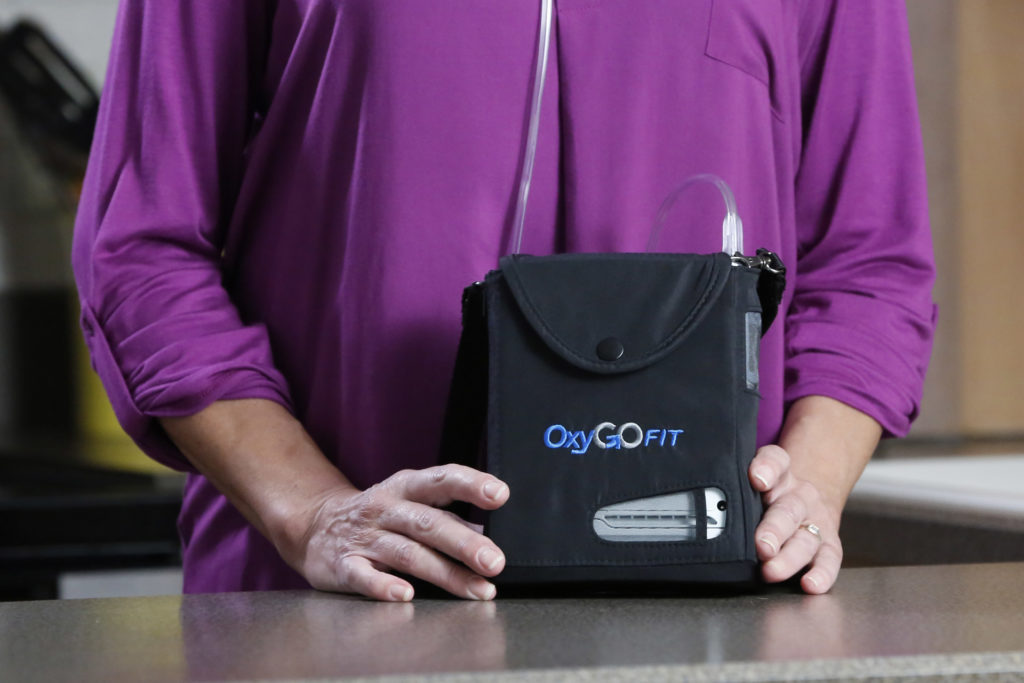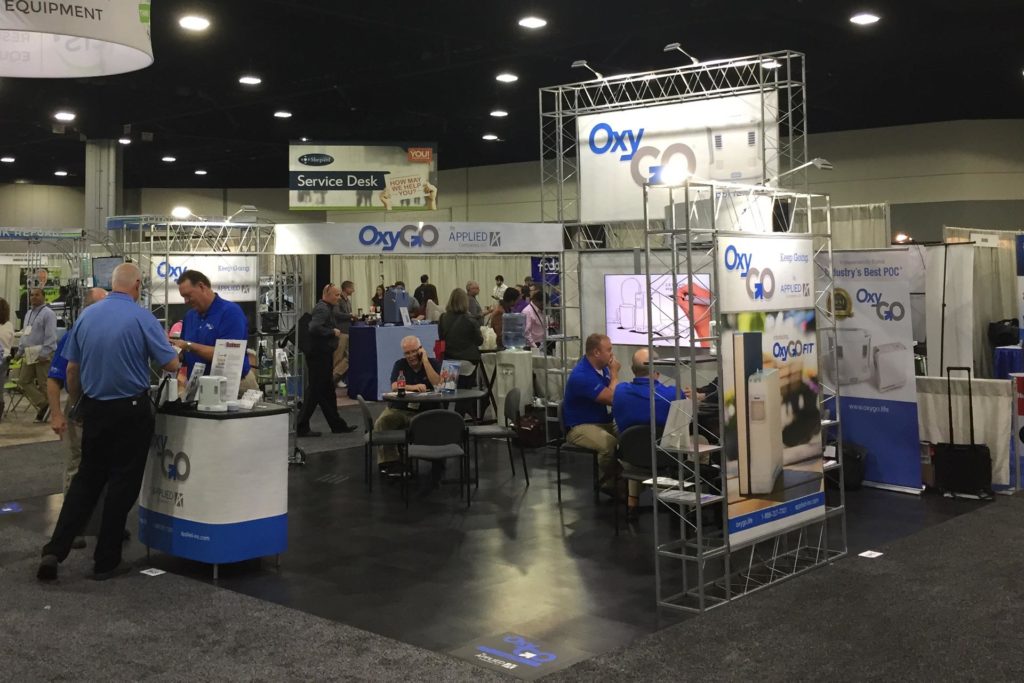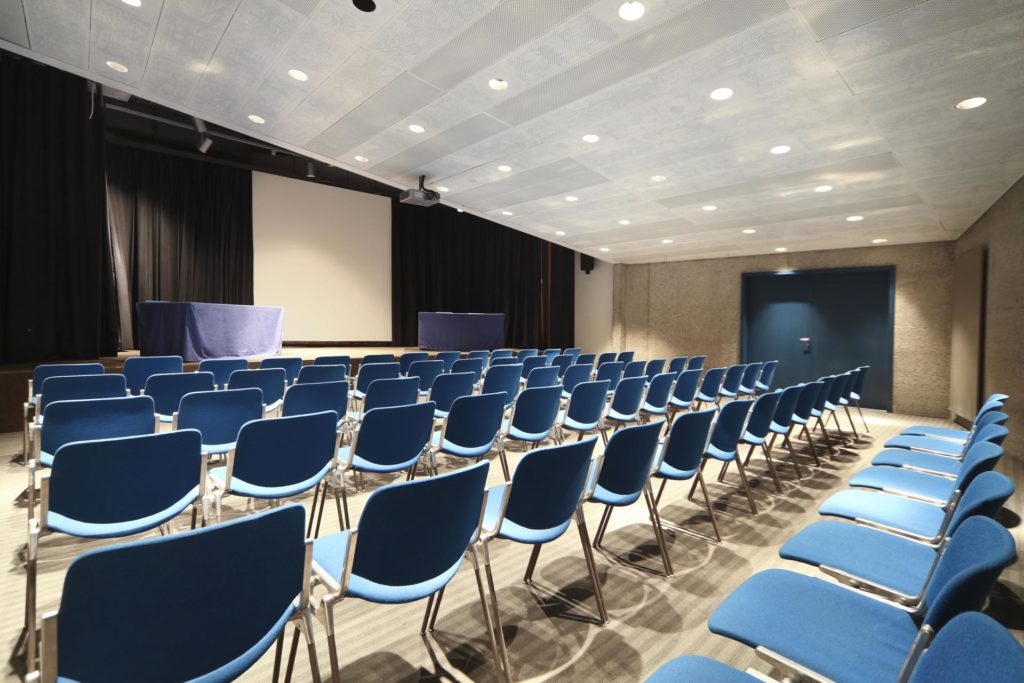Driving HME Costs Down and Profit Up

The Home Oxygen Company (HOC), with offices in Modesto and Sacramento, California, is all about doing what it takes to survive and prosper in a state where DME supplier locations have shrunk by 60.8% since 2013.
An American Association For Homecare report this past July estimated that only 383 unique DME locations in California are still standing… compared to 976 that served the same region in 2013.
HOC uses every trick in the book to promote efficiencies. This includes hiring full-time employees in the Philippines who work at less than half the rate of American employees doing the same job. Looking to the Philippines for labor help, and embracing all the latest technologies, has allowed owner Todd Usher and his wife, Andrea Ewert, to save thousands of dollars every month.
HHCT: When was Home Oxygen Company (HOC) founded and how did you become involved?
When Andrea and I founded HOC I had 11 years in the HME industry. My start in the industry was in 1996 as a delivery technician while Andrea had 8 years of experience as a physical therapy aide when we founded HOC. In retrospect, we both have discussed what an advantage it was to have had started our careers this way. It gave us direct patient contact and a view of how the industry was being run and how we were being managed and directed in providing services to our patients and clients.
One of the driving forces which made us move forward with founding HOC was our belief we could provide a high level of service to our customers and to be more efficient because of how we ourselves were managed as employees at our prior employers. We truly felt some common-sense changes and processes could be used in our industry which would make us more efficient and accommodating to our customers.
HHCT: What other HME products does HOC provide?
In addition to oxygen, we also provide: CPAP, CPAP resupply, mechanical ventilation, airway clearance vests, ambulatory, bath safety, power mobility devices, personal operated vehicles, beds and related items and some retail items that complement our product offering.
HHCT: You described your company as being squeezed by 60% cuts in Medicare reimbursements, rural delivery cuts and the $15 an hour minimum wage now in effect in CA. Please amplify and explain.
The $15/hour minimum wage is being phased in over the next couple of years. Every year, the state raises the minimum wage by one dollar and this yearly increase will continue until the minimum wage in CA reaches $15/hr.
In healthcare, raising rental prices to cover this increased cost is not an option due to the specific reimbursement levels authorized by insurance payers; thus, we cannot raise rental prices as needed. We currently have some employees who are already paid at the $15/hour rate, but we have still hired some new employees below this level, as the $15/hour rate is not yet mandatory. As I previously outlined, we cannot simply pass this wage increase cost on to our customers. With set reimbursement rates slashed an average of 60%, we recognized we had to find a way to reduce our personnel operating costs or we risked dying on the vine.
In exploring our options, we adopted over 20 different technologies to improve our efficiency, but we quickly realized this was still not going to be enough. Ultimately our personnel costs brought us to the decision to shift some of our positions across the Pacific. Drastic times require drastic measures, and this resulted in us moving some jobs out of the country.
HHCT: Your company uses a program called “Virtual Home Delivery”—please explain what virtual home delivery is.
“VHD” is the delivery of CPAP machines and portable oxygen concentrators direct to the patient’s doorstep, in partnership with a POC provider and “hand delivery” via a 3rd party. Once a delivery is completed, a clinician or technician completes the education process over the phone and a system of follow-up calls are initiated to ensure patient competence and compliance.
We utilize virtual electronic signatures to remain compliant with federal, state and private payer requirements. We also utilize tracking information from the logistics company to prove delivery and AdobeSign to obtain signatures on all other paperwork.
HHCT: You felt you had to make changes in your company to survive and instituted about 20 initiatives to drive down costs with efficiencies. Among the most effective has been moving labor from your Modesto and Sacramento offices to the Philippines. It’s saving you THOUSANDS OF DOLLARS a month. Please explain the what, the why and the how.
A few other technologies we have implemented:
- Non-Delivery of Oxygen (POC & Homefill)
- Paperless environment
- Technicians utilize tablets for all hands-on deliveries
- Outsource certain segments of our operation where it makes sense, (VHD & Compliance through vendor partners, I.T., Communications)
- Barcode scanning for all products
- Voice Over IP Phones
- Everything “software” is on the cloud accessible worldwide
- Integrated ordering solutions through our Operating System vendor
- Virtual Fax Solutions
- GPS Tracking & routing for our fleet
This is naming just a few of what we have implemented over the past 5 years. Of course, some of the technologies have been around for years. Others have been newly developed within our industry.
HHCT: You are not outsourcing—these are direct employees of HOC. Please explain.
As a small, owner-run business we understood our biggest advantage was our ability to be responsive to our customers, and our ability to adapt quickly to changes within our industry. In order to maintain these advantages, we wanted to ensure we maintained direct control of those who provide service to our customers as representatives of our company. In order to facilitate this, we quickly decided those representing our company would need to be direct employees of our company (in the Philippines). To accomplish this, we direct-hire all of our personnel and do not outsource to a 3rd party. We conduct all interviews over Skype video conference and make offers directly.
HHCT: You mentioned that 90% of millennials in Manila work for call centers, please explain.
American companies have established call centers in the Philippines since the 90s. It has become the predominant industry employing young people. Third-party contractors offering this as a service solution are called “BPO”, which is business process outsourcing. An entire industry seems to have sprung up from the need to establish outsourced personnel in addition to direct-hire personnel.
HHCT: How many employees work for HOC in Manila and how many jobs have you been able to eliminate at your Modesto and Sacramento stores? What are the types of jobs being done for you in the Philippines by your employees there?
We currently employ 15 people in Manila who are primarily responsible for completing customer intake functions, managing accounts receivable/payable, obtaining prior authorizations and other legislatively mandated functions. Nine positions have been transitioned.
HHCT: You mention the cost savings for employing personnel in the Philippines is substantial—please explain.
Labor costs for our employees in the Philippines are substantially less than those costs for our U.S. based employees. The savings is over half what we were spending locally. This cost savings is present even after considering some of the other labor related costs imposed by Philippine law not required by U.S. law. Even with this added cost, the savings remain significant. Shifting some of our labor to the Philippines is one of the reasons we have been able to stay in business despite the drastic cuts to our industry’s reimbursement levels which took place last year.
HHCT: How did you figure all this out? You referenced that 42% of DMEs have gone out of business since 2013.
In our industry, you either adapt quickly or you go out of business quickly. With the cuts to reimbursement many DME companies found the cost of providing services were almost equal to the reimbursement received. The lack of profitability has caused almost half of all HME providers nationwide to sell, merge, or simply walk away from the industry. I believe the Federal Government had a plan to thin out the provider network and it has worked!
HHCT: Please describe your basic survival philosophy. When you started the business it was based 100% on the oxygen non-delivery model.
Survival of the fittest. Change. Change again. Change some more. Then, change one more time. We have diversified our product offering, diversified our business model, with no fear of technology in either the equipment we use or the processes we implement. We have very little in common with what we looked like in 2012. The foundation of our company has always been non-delivery oxygen. It seems like suicide to do anything else.
HHCT: How do you know you are HIPPA compliant?
Home Oxygen Company spends a lot of time meeting with our attorney partners, industry advocates (AAHomecare & VGM), accreditation organization (BOC) and consultants in both the United States and Philippines. We have also welcomed our federal, state & accrediting inspectors with open doors. We are completely transparent and open to their scrutiny. In most cases we have been complimented with our updated policy & procedures regarding compliance. Lastly, we personally spend a lot of late nights reading in order to keep up with regulatory changes.
HHCT: How difficult has it been setting up banking in the Philippines?
Extremely difficult! We had initially planned it would take a few months to establish banking in the Philippines. We quickly realized the regulations and requirements were more involved and complex than we had anticipated. What was expected to take a few months ended up taking over a year to complete. It was a learning process for us and having gone through the steps to establish banking services in the Philippines we are now more comfortable of what steps need to be taken.
HHCT: Please give examples of other HME companies you are aware of that are using call centers in the Philippines?
I know of 3, one national provider and two regional that I have met. Some outsource and others direct-hire.
HHCT: What is the advantage of call centers in Philippines over, say, call centers in India or Central America or the United States?
Our Philippine team members have been speaking English since elementary school. There is very little accent and they clearly communicate in English. Most of our candidates come with nursing degrees and/or 4-year degrees. We have not experienced this with other parts of the world. The Philippine Team is clearly the choice worldwide.
HHCT: You describe your HME operation as being progressive. Please explain what you mean by “progressive”.
In an era of compressed reimbursement and market consolidation, Home Oxygen Company has always looked to be ahead of the competition. We have successfully implemented this by offering products and programs that customers (patients) prefer.
An example of this is Portable Oxygen Concentrators. Most of our competition do not offer or provide “POCs” and if they do, they make the customer go through a lot of red tape to get them. They are trapped in the tank delivery model. We have been able to replicate this progressive attitude with CPAP as well by offering Auto-Titrating CPAP whenever requested, and in most cases, without even asking. This has a trifecta benefit as the physician prefers it, the patient has less disruption in the therapy prescribed, and we can eliminate the need to physically change units when changes in lifestyle or therapy becomes necessary.
Rounding out the top three (yes, we have more progressive initiatives we have implemented) are wireless cellular modems on all CPAP equipment for all patients. We decided to keep this active and LIVE for the purposes of tracking compliance after the original 90-day period. This also gives the physician, payer and patient visibility using a program called “Philips Care Orchestrator” and allows Home Oxygen Company to change the prescription remotely when requested to do so—thus saving a trip to the home.
HHCT: Do you have any concerns about shifting a significant percentage of your work force away from America at a time when the Trump administration is calling for jobs to be brought back to America that have been lost overseas?
We are small business owners who are chasing our American dream with our U.S.-based company. We would love nothing more than to have the ability to keep all of our operations here in the U.S.A. Unfortunately, this has proven to be impossible with the current state of healthcare and reimbursement.
Our view is to remain innovative and to seek cost savings where we can (our Philippine team) while maintaining the same high level of customer service to our clients. We are not concerned with the Trump Administration’s call for jobs to be brought back to America. President Trump is a businessman himself and his own company has many business holdings throughout the world. The homecare industry is one of the last businesses to have a presence in the Philippines. Many American companies are already there including tech, communication, banking, hospitality and healthcare.
HHCT: How costly are communications between your offices and the Philippines?
Very little cost. With Voice over IP (VoIP) phone technology the cost is minimally above what we were already paying for local phone services. Also, using cloud-based solutions such as Microsoft Office 365, Skype, as well as our operating system—everything is virtual and easily established to our Philippine team members.
HHCT: How do you accomplish training in two countries?
In the not so distant past, It would have been virtually impossible to fathom providing employee training to both U.S. and Philippine employees without physically traveling between both countries on a regular basis. The cost of travel has been—and remains—expensive, and any cost savings by hiring employees outside the country would quickly disappear with the need to travel regularly between both.
This “virtual” problem has been solved virtually. With the ever-improving levels of technology and networking (Voice over IP, Internet, virtual “cloud” hosting) the distance between the U.S.A. and the Philippines is no longer measured in miles, but rather by the milliseconds it takes data to travel on the information superhighway. Training can be delivered remotely (via computer-based training) as well as in real-time via video conferencing.
Home Oxygen Company | (877) 799-0202
4301 Northstar Way, Suite C, Modesto, CA 95356
homeoxygencompany.com
RELATED POSTS
